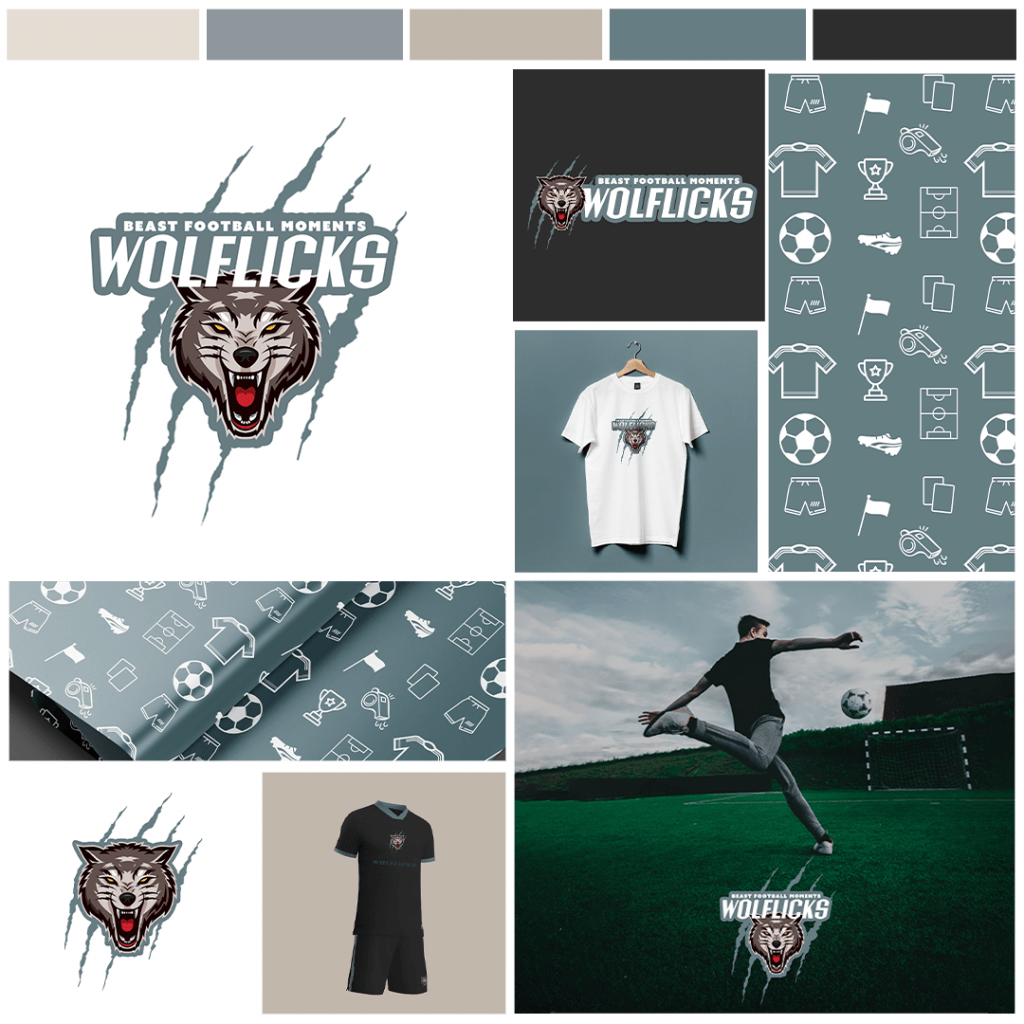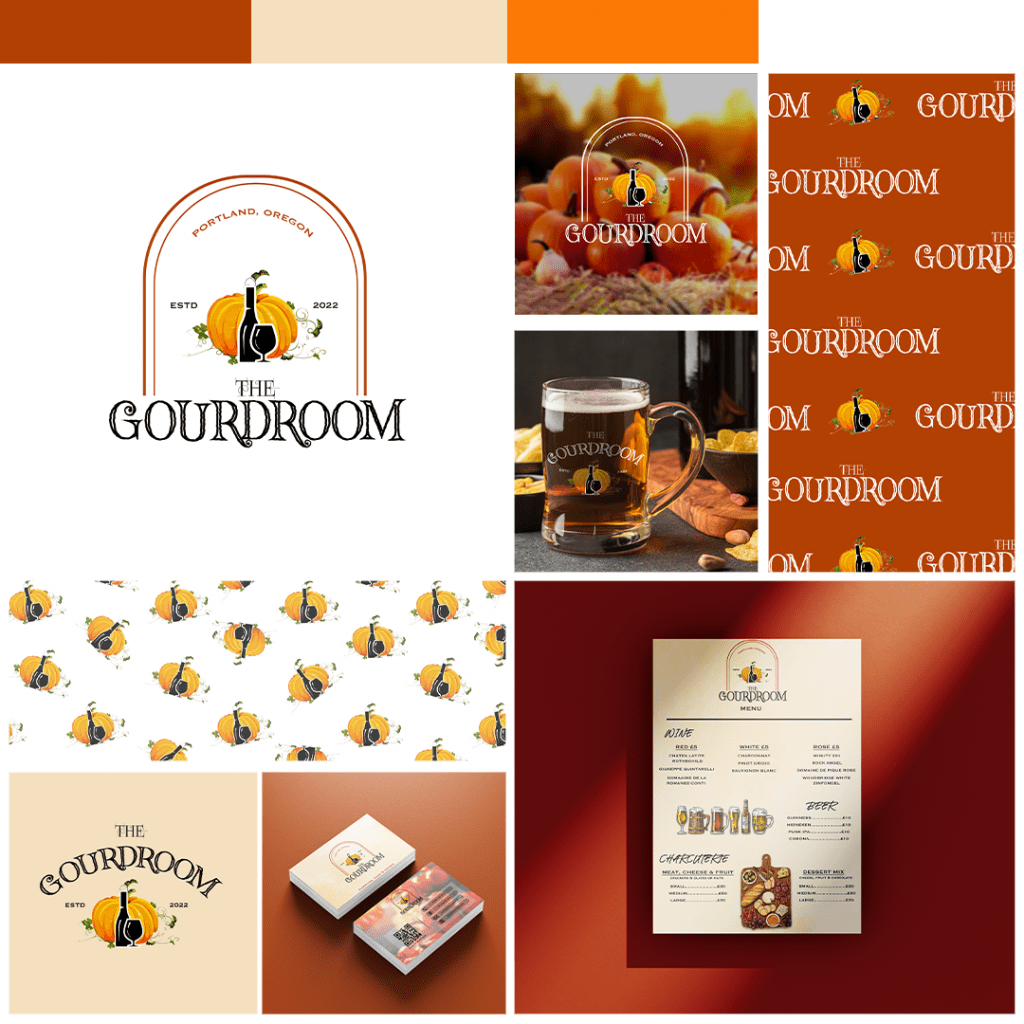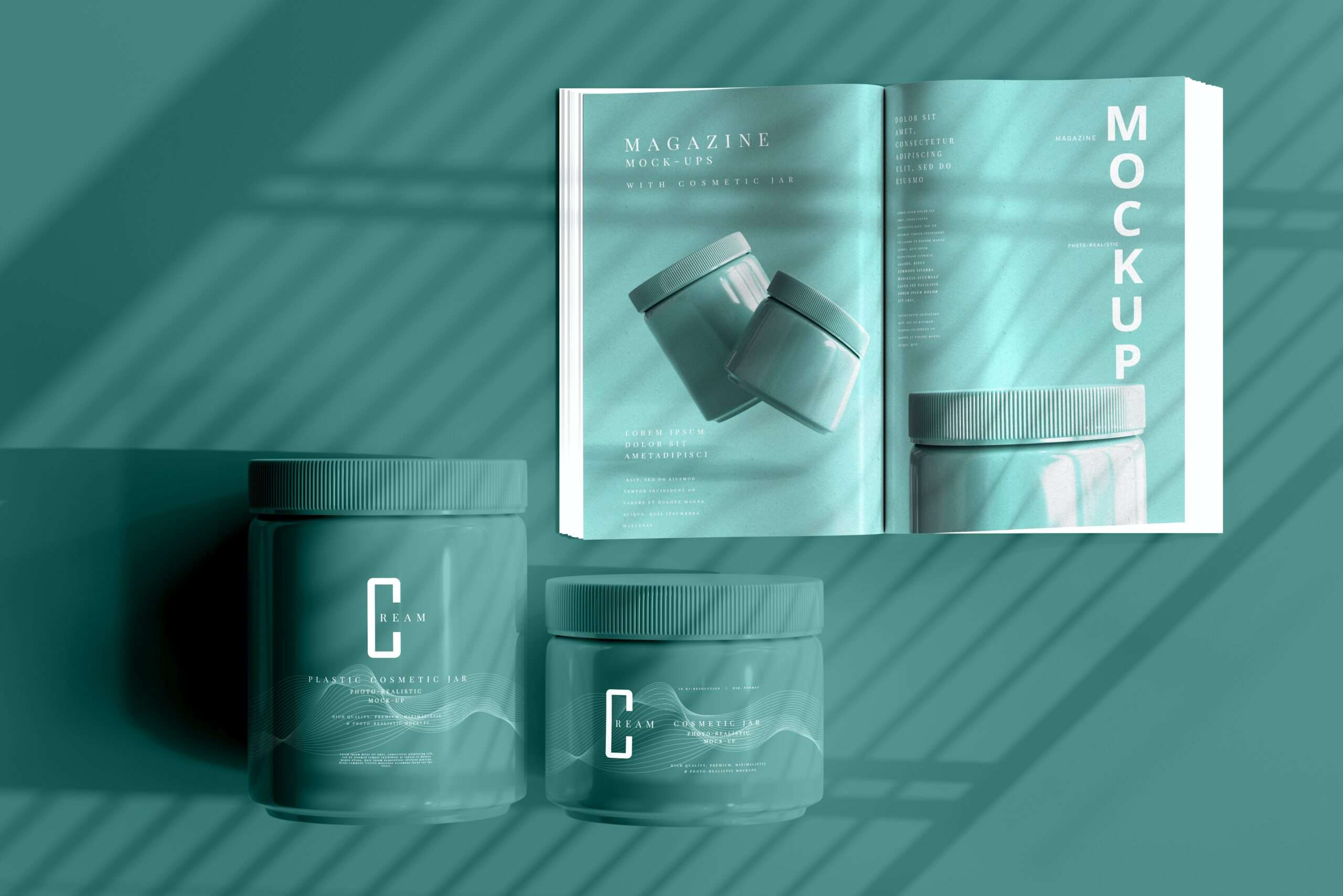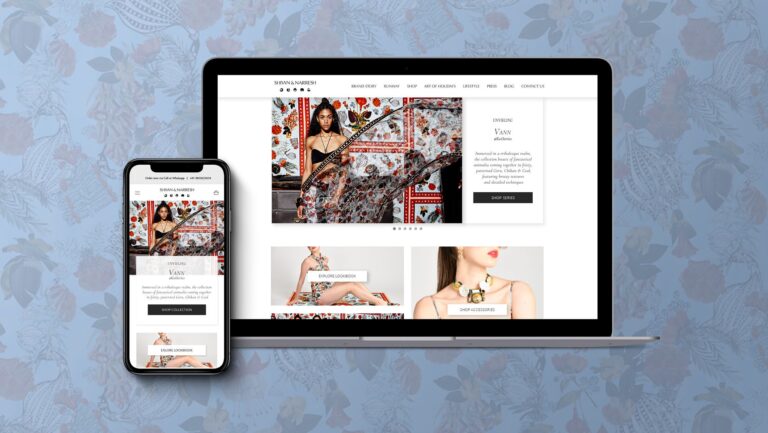Hey there, fellow design enthusiasts and curious minds! If you’ve ever wondered about the magic that goes into creating a brand identity, you’re in the right place. I’ve spent years in the world of brand design, and I’m excited to take you behind the scenes to explore the thrilling journey of creating a brand identity.
Understanding the Brand
Defining the Brand’s Core Values and Mission
First things first: any successful brand identity creation starts with a deep understanding of the brand itself. You can’t create a brand identity without knowing what the brand stands for. It’s like trying to put together a puzzle without knowing the picture on the box!
I once worked with a small, family-owned coffee shop that wanted to revamp its brand. After a heart-to-heart conversation with the owner, I learned that the café was all about bringing people together over a cup of joe. The core value was community. Once that was clear, the pieces started falling into place.
Conducting a Brand Audit
Before diving into the creative process, it’s crucial to assess the current state of the brand. I like to call this the “Brand Reality Check.” What’s working, and what’s not? What do customers love about the brand, and what needs improvement?
I remember a project with a tech startup where we discovered that their existing logo didn’t resonate with their target audience. It was time for a change to better align with their mission.
Identifying the Target Audience and Market Positioning
Every brand has a specific audience it aims to attract. Knowing your target audience is like speaking their language. Imagine you’re telling a joke, but it only works if your audience gets the punchline. The same goes for brand identity creation.
I once worked with a sports apparel company that wanted to rebrand. We had to think about what would appeal to athletes and fitness enthusiasts specifically. So, we delved into sports culture and the values that resonate with that audience.
Research and Inspiration
Gathering Market and Competitor Insights
In this digital age, information is at your fingertips. I’ve found that diving deep into market research helps me see what others are doing and what’s currently trending.
For a project involving a small e-commerce business, I noticed that their competitors were using a certain colour scheme that was popular. We decided to go in a completely different direction to stand out in a crowded market.
Finding Sources of Inspiration
Inspiration can come from anywhere. It might be a beautiful piece of art, a thought-provoking book, or even a hike in the mountains. For a recent project with a sustainable fashion brand, I was inspired by nature’s colour palettes and the idea of eco-friendliness.
Exploring Historical and Cultural Influences
Sometimes, digging into a brand’s historical roots or cultural influences can reveal gems of inspiration. I once worked on a project for a heritage brand that had been around for decades. We found old photos and advertisements from the brand’s heyday that sparked our creativity.
Concept Development
Brainstorming and Ideation Sessions
Now comes the fun part – brainstorming! This is where we throw all our ideas on the table. It’s like a brainstorming potluck, and everyone brings a dish to share. Some are delicious, and some are a bit strange, but that’s how we cook up something unique.
One memorable brainstorming session was for a local bakery. We had the aroma of fresh-baked bread and pastries wafting through the room. It was hard not to get inspired when you’re surrounded by such deliciousness!
Creating Mood Boards and Visual Direction
Mood boards are like the compass for the creative journey. They help you set the right direction and create a visual guide. When working on a project for an artsy fashion brand, we made a mood board filled with vibrant colours, eclectic patterns, and avant-garde art pieces.
Developing a Unique Brand Concept and Story
This is where we take the scattered puzzle pieces and start putting them together to reveal the big picture. What’s the brand’s story, and how can we visually communicate it? For a project with a charity organisation, we told the story of their mission through a series of impactful images.
Design and Visual Elements
Logo Design: The Centre Piece of Brand Identity
Ah, the logo – the face of the brand! It’s the element that people will remember, and it has to be a perfect fit. I’ve designed logos that range from simple and elegant to bold and playful, depending on the brand’s personality and audience.
I once designed a logo for a pet grooming service that involved creating a cute, stylised dog silhouette. It’s amazing how a well-designed logo can make an impact.
Colour Palette and Typography Selection
Colours and fonts carry a lot of emotional weight. They set the tone for the brand. Think about it – would a law firm use bright, neon colours? Probably not! Choosing the right colours and fonts is crucial in conveying the right message.
For a wellness and yoga studio, we went with soothing earthy tones and a calming, organic font to resonate with their target audience.
Iconography and Custom Imagery
Icons and custom imagery help to reinforce the brand’s personality. For a brand that was all about adventure and exploration, we created custom illustrations that depicted exciting journeys and discoveries. It added a personal touch that resonated with their adventurous spirit.
Building the Brand’s Voice
Crafting a Brand Narrative and Messaging Strategy
A brand’s voice is how it speaks to its audience. It’s the language it uses, the stories it tells, and the way it connects with people. I once worked with a brand that was all about empowering women. So, the language and messaging were all about strength, confidence, and self-love.
Establishing Tone and Language Guidelines
Consistency is key. A brand should sound the same whether it’s in an Instagram post or a customer service email. We create guidelines that outline the brand’s tone, word choices, and communication style. This ensures that everyone who communicates on behalf of the brand is singing from the same sheet of music.
Ensuring Consistency Across All Communication Channels
Imagine a brand as a character in a book. It needs to be consistent throughout the entire story. I’ve seen brands struggle when their social media voice didn’t match their website’s tone. It creates confusion and dilutes the brand’s identity.
Testing and Feedback
Conducting Focus Groups and Surveys
Getting feedback is a crucial part of the process. We want to know how the brand is resonating with its audience. Focus groups and surveys can reveal valuable insights. I remember one instance where a focus group pointed out that the brand’s new logo reminded them of a competitor’s logo. It was a critical piece of information that helped us refine the design.
Receiving Feedback from Stakeholders
It’s not just about what the customers think; it’s also about what the brand’s stakeholders feel. Their input is valuable because they have a deeper understanding of the brand’s goals and objectives. It’s a balancing act between what the audience wants and what the brand needs.
Implementation
Creating Brand Guidelines for Internal and External Use
Once the identity is set, it’s essential to document it in brand guidelines. These guidelines act as the rulebook for using the brand elements consistently. It’s like giving the brand a user manual.
Rolling Out the New Identity Across Various Touchpoints
This is where we put the new brand identity into action. It involves updating the website, social media profiles, printed materials, and anything else that represents the brand. It’s a thrilling moment when you see the new identity come to life.
Ensuring Consistency and Alignment with the Brand’s Vision
The final step is making sure that everyone involved is on the same page. Consistency is the key to a successful brand identity. I’ve seen brands struggle when one department didn’t get the memo about the new colour scheme or logo usage.
Case Studies
Examples of successful brand identity creations
I’ve worked with a numerous amount of clients developing their brand identity, here are some brand boards showcasing some of the designs.





Brand Identity Transformations
One of the most exciting parts of my job is seeing a brand transform and thrive after a rebranding. I’ve seen a small café go from a local hangout to a regional sensation just by changing its image. It’s amazing how a fresh look can breathe new life into a brand.
The Impact of a Well-Crafted Brand Identity on Consumer Perception
A brand’s identity isn’t just a pretty face; it’s also a powerful communicator. It tells consumers what to expect and how to feel about a brand. I’ve witnessed how a well-crafted identity can change the way people perceive a brand, making them trust it more and feel a stronger connection.
The Role of Brand Identity in Driving Business Growth
Successful brand identities aren’t just about aesthetics; they are also about business growth. A strong identity can help a brand stand out in a crowded market, attract more customers, and even charge premium prices. It’s an investment that pays off.
Challenges and Pitfalls
Common Challenges Faced During the Brand Identity Design Process
It’s not all smooth sailing. We face challenges along the way. Sometimes, it’s tough to align stakeholders’ visions, or there might be budget constraints. But every challenge is an opportunity for creative problem-solving.
How to Overcome Potential Roadblocks
Flexibility and open communication are crucial when dealing with challenges. It’s about finding solutions that work for both the brand and the design team. I’ve learned that compromise and adaptability are key to moving forward.
The Importance of Adaptability in a Dynamic Market
The market is always changing, and so should the brand. Being adaptable and open to evolving the brand identity is vital. I once worked with a tech startup that needed to shift its branding as its services evolved. Staying adaptable is how brands stay relevant.
Conclusion
Creating a brand identity is a thrilling journey that involves understanding the brand, gathering inspiration, developing concepts, designing visual elements, and building a brand’s voice. It’s a dynamic and creative process that can lead to transformative results for businesses. Successful brand identities not only reflect the core values of a brand but also drive consumer perception and business growth. However, the path is not without its challenges, and adaptability is key in a constantly changing market.
So, the next time you see a logo, a colour scheme, or hear a brand’s message, remember that there’s an intricate story behind it, crafted with love, creativity, and a deep understanding of the brand’s essence. Brand designers like me are here to ensure that the story is not just visually appealing but also authentic and impactful. If you’re thinking of rebranding or creating a brand identity, remember to dive deep, stay inspired, and, most importantly, tell your brand’s unique story. Your audience is waiting to hear it!





